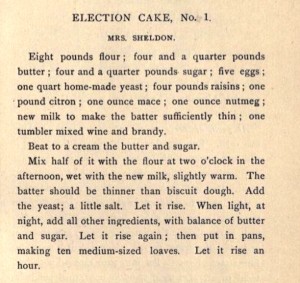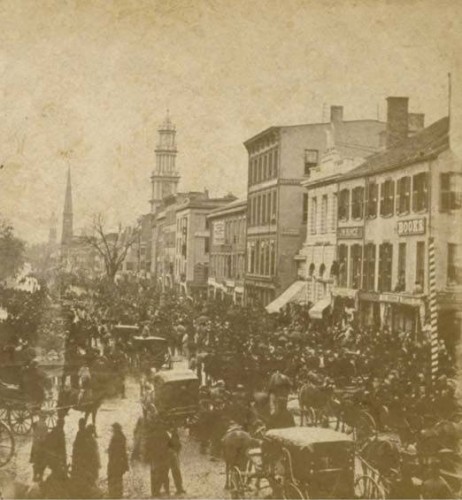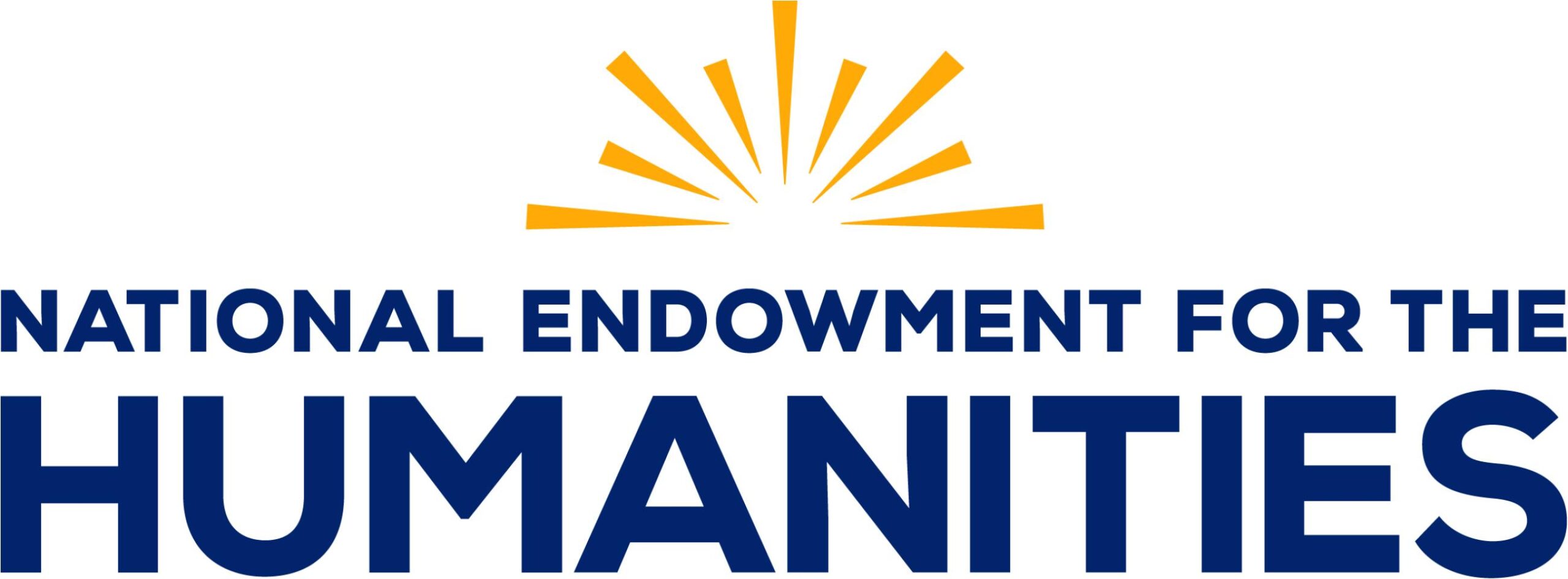By Gregg Mangan
Unlike today, in the 18th and 19th centuries, Election Day met with great celebration. Voters came to major cities such as Hartford to cast their ballots and then stayed to socialize and celebrate. Often, city residents hosted elaborate banquets where the dessert course consisted of coffee, hot cider, and a generous portion of Election Cake.
Election Cake is a cross between bread and cake. Full of fruits and nuts, this rich dessert became a staple of Election Day celebrations. While there are numerous variations to the recipe, one submitted by a Mrs. Charles Flagg of Hartford in 1890 included butter, sugar, flour, eggs, baking powder, raisins, currants, citron, almonds, vanilla, and milk.
A Sweet Reward for Voters

An election cake recipe in Hartford Election Cake and Other Receipts by Ellen Wadsworth Johnson, 1889
Although the cake began its association with the city of Hartford in the 1830s, Connecticut recipes for it date back to 1771. Back then, colonists might consume Election Cake during daylong town meetings or as a reward for their service after a long day of voting. Sometimes political party advocates handed out Election Cake to those who voted a straight ticket (voting for the same political party for every office).
In the early 19th century, as the parades and balls held in Hartford became more elaborate, Connecticut residents began identifying Election Day with the city of Hartford and the celebrations there became one of the great festivals in the state. As a result, Election Cake soon established itself as a Hartford tradition.
Women’s Patriotism Expressed in Popular Recipes
The popularity of Election Cake got a real boost from its publication in a reprint of Amelia Simmons’s recipe book, American Cookery, in 1800. At a time when women faced little opportunity to display their political loyalty, individuals like Amelia Simmons made food not only social but patriotic as well. Her recipe for Election Cake called for 30 quarts of flour, 10 pounds of butter, 14 pounds of sugar, 12 pounds of raisins, and 3 dozen eggs—an indication of the many mouths it was meant to feed.
Election Cake became the first food strongly associated with American politics. What made it more unique and important was the way it provided women with an opportunity to express their commitment to their new country. This was no trivial outlet in an era that prohibited women from voting. Through their production of Election Cake and other recipes, including Independence Cake, Franklin Gingerbread, and Democratic Tea Cakes, women projected their influence into the public sphere and helped ingrain patriotism into our national culture.
Gregg Mangan is an author and historian who holds a PhD in public history from Arizona State University.









